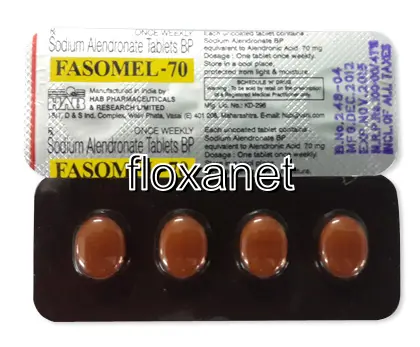| Package | Dosage | Price | Price per Dose | |
|---|---|---|---|---|
| Dosage: 35mg | ||||
| 96 pill | 35mg | $410.83 | $4.28 | |
| 60 pill | 35mg | $269.26 | $4.48 | |
| 48 pill | 35mg | $230.39 | $4.80 | |
| 36 pill | 35mg | $177.65 | $4.94 | |
| 24 pill | 35mg | $123.52 | $5.14 | |
| 12 pill | 35mg | $66.61 | $5.50 | |
| Dosage: 70mg | ||||
| 120 pill | 70mg | $707.87 | $5.90 | |
| 96 pill | 70mg | $589.89 | $6.15 | |
| 60 pill | 70mg | $390.01 | $6.50 | |
| 48 pill | 70mg | $319.23 | $6.65 | |
| 36 pill | 70mg | $248.44 | $6.90 | |
| 24 pill | 70mg | $177.65 | $7.40 | |
| 12 pill | 70mg | $94.37 | $7.86 | |

Fosamax Description
Understanding Fosamax and Its Purpose
Fosamax, known generically as alendronate, is a medication commonly prescribed in the United States to help prevent and treat osteoporosis. This condition causes bones to become weak and fragile, increasing the risk of fractures. Fosamax works by slowing down the process of bone loss, allowing the bones to regain strength over time. It is often recommended for postmenopausal women, men at risk of osteoporosis, and individuals taking corticosteroids for extended periods. The medication is available in tablet form and is typically taken once a week or as directed by a healthcare provider.
How to Take Fosamax Properly
For maximum effectiveness and to minimize potential side effects, it is essential to follow specific guidelines when taking Fosamax. Patients should take the tablet with a full glass of plain water first thing in the morning, at least 30 minutes before breakfast or any other pills or liquids. It is important to remain upright—either seated or standing—for at least 30 minutes after swallowing the tablet. This helps prevent irritation of the esophagus, a common concern with bisphosphonate medications. Patients should also avoid lying down or taking any other medications during this period. Consistent intake, as prescribed, is crucial for achieving the desired benefits in bone density.
Potential Benefits and Effectiveness
Many users in the U.S. have reported positive results with Fosamax, noting improved bone density after several months of regular use. It has been extensively studied and is approved by the Food and Drug Administration (FDA) for the treatment of osteoporosis. Patients often experience a reduction in fracture risk, especially in the hip, spine, and wrists. Alongside proper diet, calcium, and vitamin D intake, Fosamax can be an effective component of osteoporosis management. Nevertheless, individual results may vary, and some users might require additional therapies or lifestyle changes for optimal outcomes.
Possible Side Effects and Precautions
Although Fosamax is generally well-tolerated, some users may experience side effects. Common issues include stomach upset, heartburn, or mild gastrointestinal discomfort. A less common but more serious concern involves irritation or damage to the esophagus, which is why following the administration instructions closely is vital. More rarely, users may experience musculoskeletal pain, joint issues, or flu-like symptoms after starting treatment. It is also important to inform your healthcare provider if you have kidney problems, low calcium levels, or a history of gastrointestinal disorders before beginning Fosamax. Routine medical check-ups are advised to monitor bone health and catch any adverse reactions early.
Considerations and User Experiences in the USA
In the United States, many individuals have turned to Fosamax as part of their osteoporosis treatment plan. Patients often appreciate its proven efficacy and the convenience of once-weekly dosing. However, some users have expressed concerns about side effects, especially gastrointestinal symptoms or rare cases of jaw osteonecrosis. Healthcare providers generally weigh the benefits against potential risks before prescribing. User reviews frequently mention improved confidence in bone health, particularly after experiencing fractures in the past. As with any medication, adherence to dosing instructions and regular medical consultation are essential to maximize benefits and minimize risks.